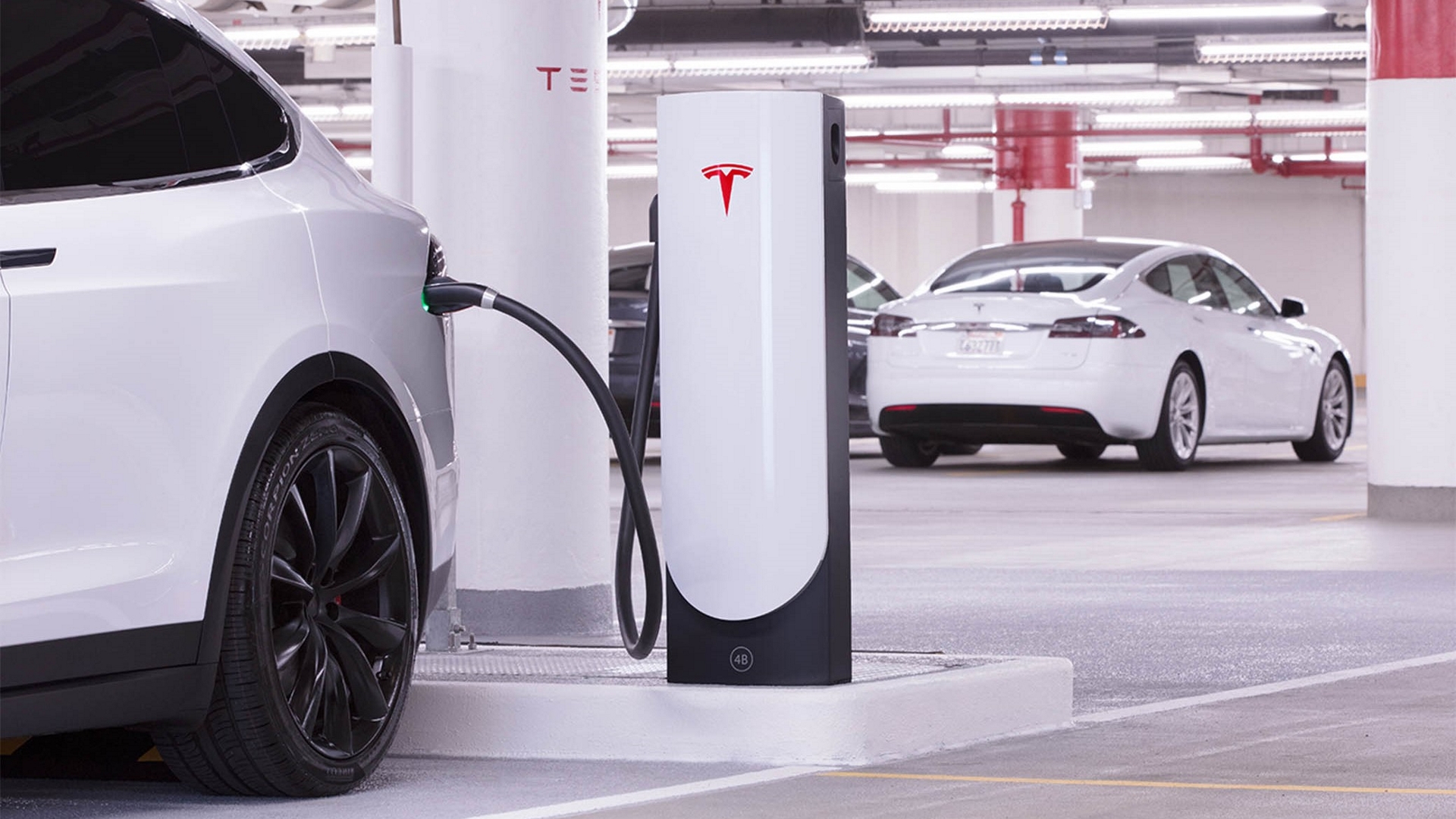

Electric cars are increasing in popularity every day. As technologies improve to boost the range of EVs, more people continue to put their trust into a relatively new-to-them product, especially if it’s mass produced. Now, a gas supplier in the Netherlends, Holthausen Group, claims to have increased the range of a Tesla Model S, making it the first company to successfully supplement a Tesla with a hydrogen power source.
Last week, the company’s founder announced that the company has begun testing its Project Hesla, or as the name may imply, a hydrogen-powered Tesla. The vehicle, which was sourced second-hand and modified by the gas company, takes the benefits of the existing electrical infrastructure that exists in the Model S and adds a second layer of charging at minimal weight, effectively doubling the range of the luxury EV. Not uncommon to manufacturers producing vehicles today, hydrogen is seen by some as a viable alternative fuel source for both consumer and commercial vehicles alike.
One of the most challenging puzzles for the team to overcome was the milestone of adding additional power sources to a Model S, which Max Holthausen, one of the company’s engineers, called “a big maze.” According to the business, the Tesla doesn’t accept power from an external source without a workaround, which was part of the challenge of getting the Hesla’s system functional.

The Hesla now has two main sources of power, one being the on-board battery that comes from factory, and the other being from the hydrogen stored in tanks fitted in the vehicle. The hydrogen is then pumped into a fuel cell to provide additional charge to the battery, enabling claims of up to 1,000 kilometers (just over 620 miles) from a full battery charge and a freshly-topped-off fueling of hydrogen. However, it is important to note that hydrogen fueling isn’t the most accessible. For example, in the U.S., there are only 39 public hydrogen filling stations spanning just four states.
The biggest inhibitor for those interested will surely be cost. The conversion itself runs a staggering $58,000 on top of the vehicle’s cost, effectively bringing the most expensive iteration of the Model S P100D and the hydrogen charging system upwards of $205,000 when combined. Even though hydrogen fuel cell vehicles are expensive right now, this is expected to change in the next decade.
Some critics have questioned whether this model defeats the purpose of charging at home and not relying on external resources to provide power to the vehicle, while others welcome the change as a range extender. Regardless of how individuals feel about the concept, the skinny is that the company claims that it just plain works. Holthausen Group is still working on perfecting its prototype, expecting to have more data within the next several months.